The 8 saddest games I've played throughout my video game career
Sorrow is essential in reminding us that we can feel
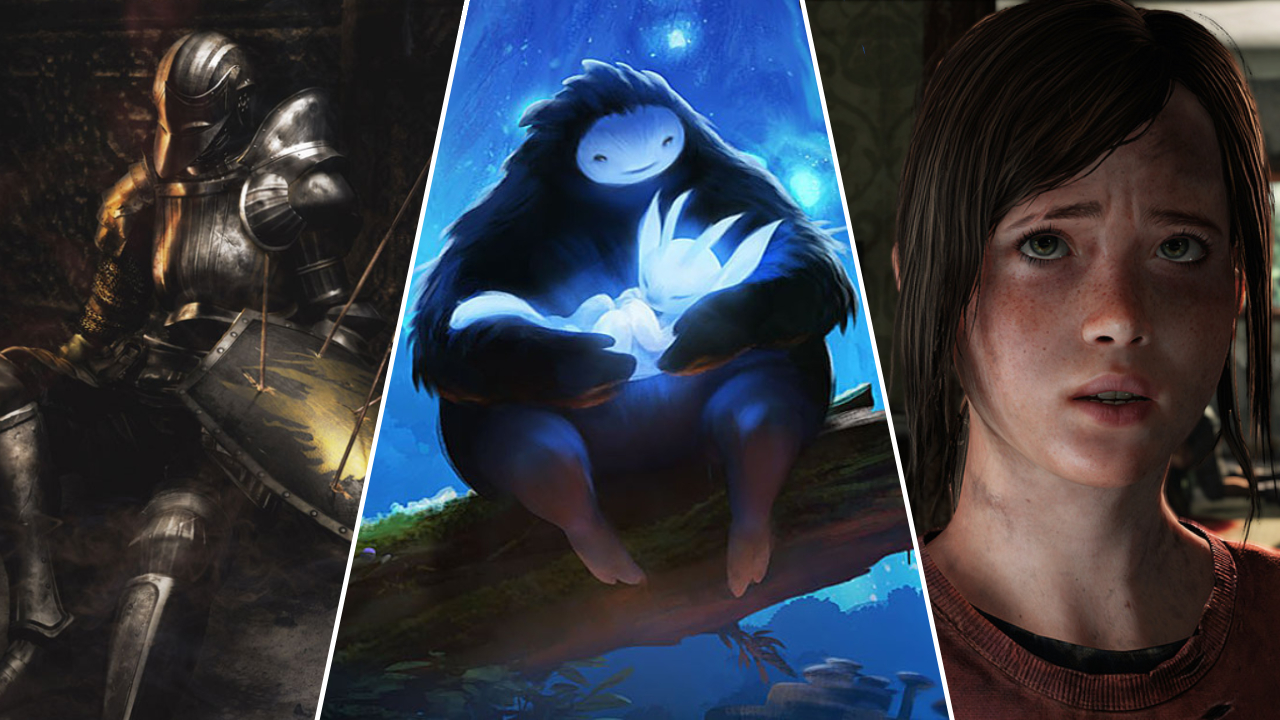
Art can capture a myriad of unique emotions, and sometimes, we’re looking to indulge in the melancholy these works have to offer. Games can be all fun, but the flexibility of any medium allows us to explore feelings with more dimensions than mere joy.
Sadness is one of them, and every game on this list has evoked a sense of sorrow in one way or another, whether that’s because of a veiled underlying theme, a specific scene that sticks out, or a script full of tragic storytelling. For the sake of diversity, I won’t be including more than one entry from a series in this list.
Undertale
Undertale always feels lonely. Even when the player is surrounded by the game’s vibrant cast of characters, its dreary aesthetic and mysterious soundtrack create a sense of detachment from the environment and its inhabitants. Narratively, the player is exploring a “monstrous” underworld void of humanity. At the end of the day, you’re just a kid who’s found their way into this weird place with tons of creatures that often attempt to harm you.
Beyond the lore of how monsters and humans were separated and greatly dislike each other, there are a lot of little things that make this game sad. The creatures of the underworld, an oppressed group forced into hiding by humanity, are so weak that a child with a stick is easily able to defeat them. At that point, it’s up to the player’s sense of mercy to decide whether or not they live or die.
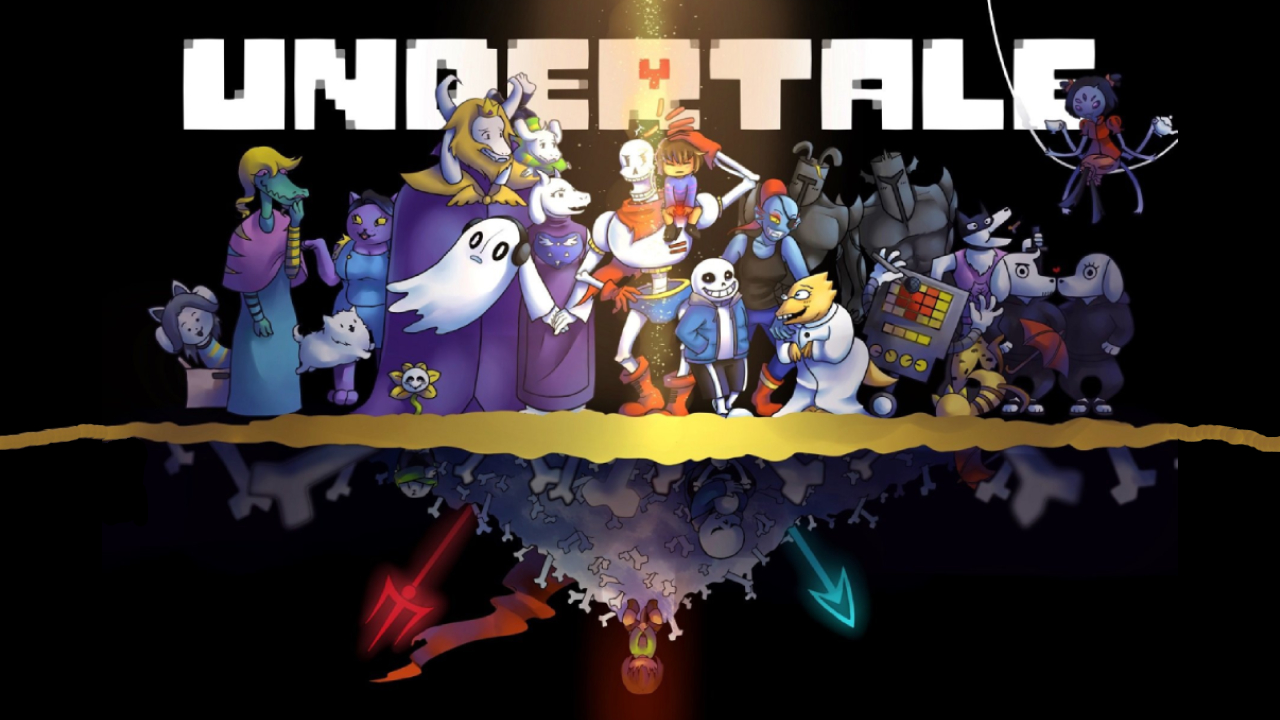
And if you, as the player, decide to take this to its most extreme, you’ll find yourself in a world robbed of its inhabitants. Through the Genocide Route, the monsters have been culled so heavily that getting into a combat encounter will begin the intro before an eerie, somber music plays to the text “But nobody came…”
This method of experiencing the game involves the player murdering a selection of its most beloved characters. Sans is one of the hardest bosses I’ve beaten throughout my video game career, but I’ll never forget the fight against Undyne in particular, where she clearly inhabited the shoes of this journey’s great hero. Her theme is heroic, valiant and full of hope, yet the player slaughters her.
Being in the shoes of a villain and watching the friends you made in previous playthroughs die horribly is obviously sad, but it’s more harrowing than that. And yet, due to the difficulty of both fights, the player feels nothing but relief at their deaths. Making these battles that hard adds a metanarrative angle to it, questioning why the sweet sensation of victory overpowered the cruelness of the player’s acts.
Stay in the know with Laptop Mag
Get our in-depth reviews, helpful tips, great deals, and the biggest news stories delivered to your inbox.
Shadow of the Colossus
Shadow of the Colossus’ sense of adventure is unparalleled. Unlike other third-person games that involve lots of parkour and mobility, Shadow of the Colossus is nowhere near as scripted and often expects the player to make ridiculous jumps and climb challenging heights without guided assistance.

But beyond galloping through expansive plains to exhilarating music as you scale massive creatures, the underlying theme of Shadow of the Colossus is anything but joyous. This is a story about a man who’s lost someone he loves and is willing to do anything to bring her back. His selfishness causes him to make a deal with a powerful entity, and by his order, he sets off to murder a number of gargantuan creatures that reside in the wilderness.
Over and over again, the player slaughters gorgeous creatures in the hopes of reviving a loved one. And at the end, the main character’s body is taken over by the entity he made a deal with as a group of knights appear to stop the ritual once and for all. Yet it’s too late, as the creature goes on a rampage, fighting to escape his prison. The game ends with the main character’s loved one coming back, but the damage has already been done, and only a baby remains in the wake of the player’s presence.
Ni No Kuni: Wrath of the White Witch
Ni No Kuni: Wrath of the White Witch appears like a jolly game on the surface, but beneath its adorable Studio Ghibli-inspired shell is a narrative revolving around childhood trauma. The main character, a young boy named Oliver, watches his mother die of a heart condition shortly after she saves him from nearly drowning. He loses his joy, grieving this immense loss before his tears gift sentience to a doll his mother gave to him when he was younger. This little guy’s name is Drippy, and together, they go on a journey to stop a dark evil from taking over the world.
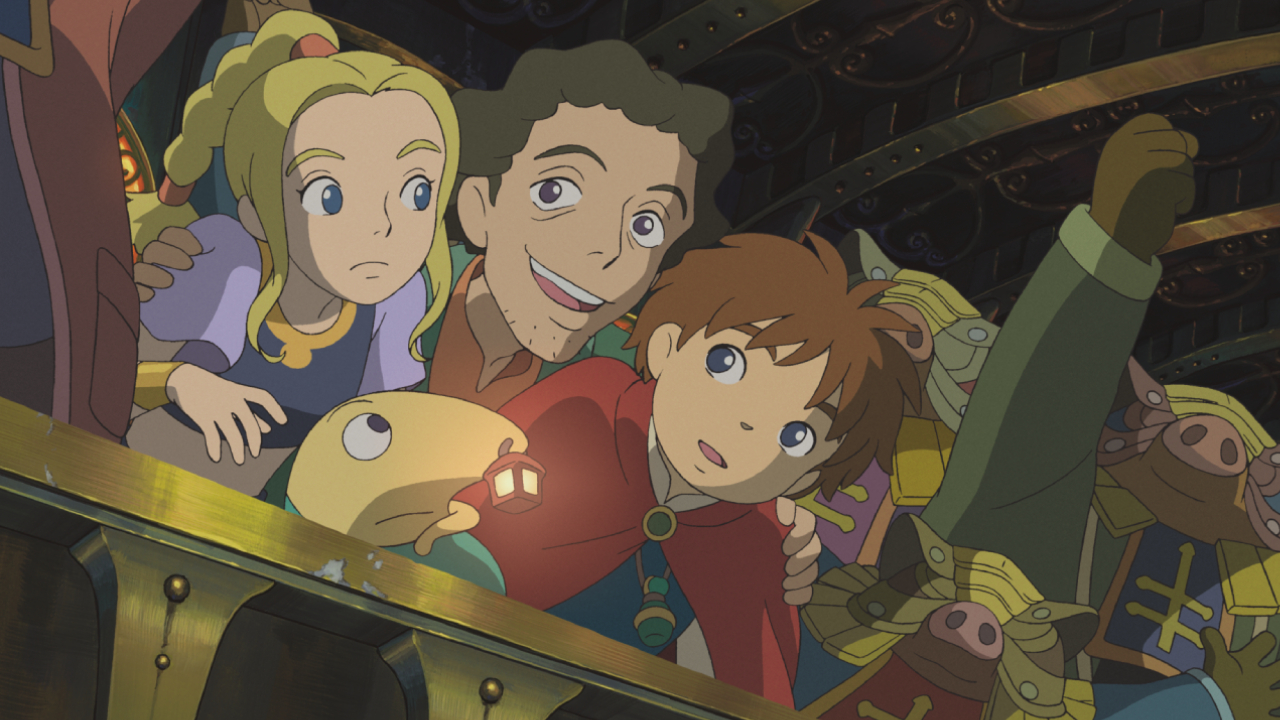
One of the key elements of Ni No Kuni: Wrath of the White Witch is that it’s never clear if what’s happening is real or if it’s just the result of a coping mechanism for the many characters to escape their trauma. This is because every character has a normal-world doppelganger called a “soulmate” who often suffers from some major problem that the protagonist needs to overcome. For example, early in the journey, Oliver will come across a character named Esther, who’s soulmate is a sheltered girl called Myrtle who never gets to leave her home. As Oliver continues investigating Myrtle, we learn that she is suffering from an illness and her father has trapped her inside the house. We get a few scenes that indicate her father is abusive, and Oliver has to battle a darkness inside his mind to clear him of those behaviors.
It’s presented in a way that excuses terrible actions as people being possessed by a demonic force, but the real-world implications are scarier. It almost seems like a childhood fantasy, as this kid just can’t understand how a person would behave in a certain way, and must imagine it’s the result of dark magic. Especially if we assume that the events of Ni No Kuni: Wrath of the White Witch aren’t real, and instead, Oliver is using his imagination as a way to cope with the death of his mother, this turns into quite the depressing journey.
Final Fantasy VII
Final Fantasy 7 is the franchise at its most vivid. Midgar is brilliantly realized, boasting a grimey, rusty atmosphere with a compelling contrast between dieselpunk-inspired technology and the omission of natural life. Hours upon hours of machinery makes for a memorable transition to the eventual escape of Midgar, when the player finds themselves on the outskirts, free of its oppressive atmosphere, greeted by fresh air.
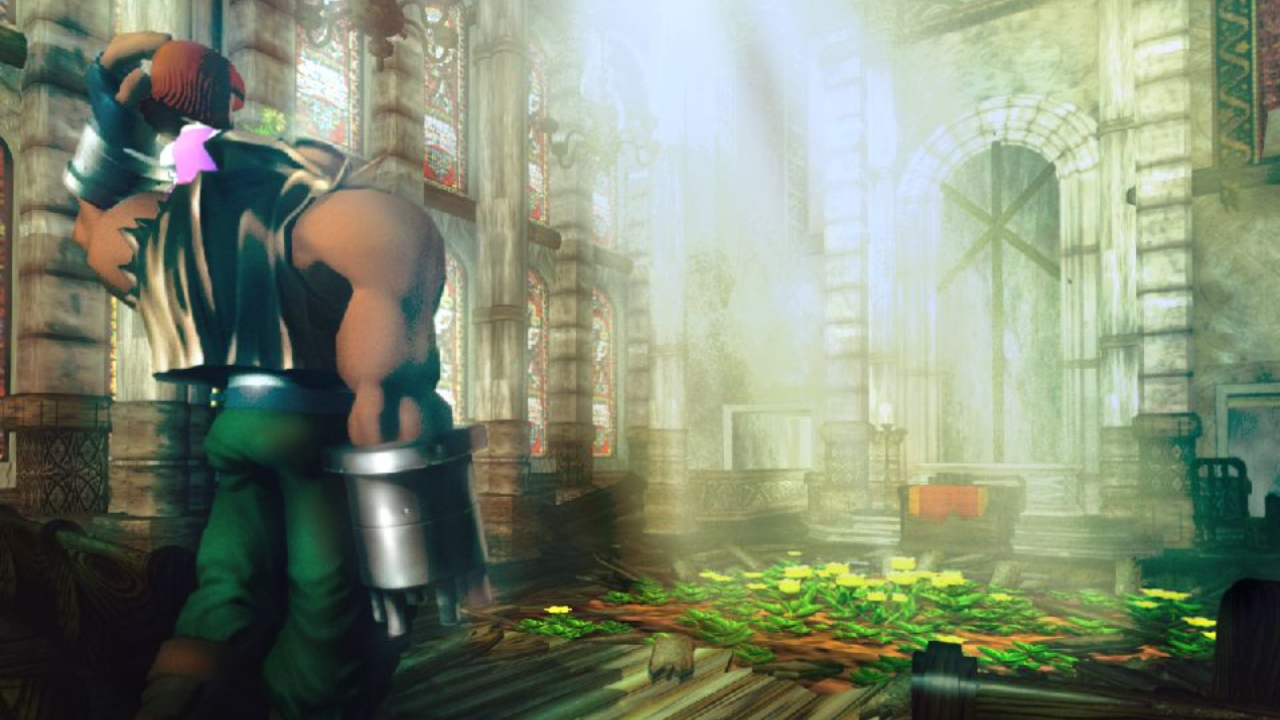
This is a modern take on Final Fantasy, putting the player in the shoes of poor inhabitants deemed as terrorists fighting against a corrupt government that is sapping the Earth of its lifeforce. A constant battle against a tyrannical higher power and exploring the different parts of this city make for the most iconic setting in the series thus far.
But Final Fantasy 7’s dreary ambience offers hopelessness. The game’s cast fights against a force that’s nearly unstoppable, and even after all of the group’s efforts to make things right in the world, multiple story beats along the way are distressing. Aerith’s death broke my heart, as she is easily my favorite character in the game. And by the end of the story, Meteor crashes on the world and turns much of it to rubble. Final Fantasy VII isn’t a game about people saving the world from oppression as much as it is the violent post-mortem that results from the gross negligence of a careless government.
Ori and the Blind Forest
Ori and the Blind Forest’s prominent theme is clear as its tale comes to a close. And it should have been obvious from the beginning. The game’s titular forest, like any forest, is blind. It’s ignorant to the struggles of its inhabitants. Disaster can strike at any moment and take a creature’s child away. Nature is unaware of the destruction it often leaves in its wake, and that theme is what lies at the core of the game’s story.
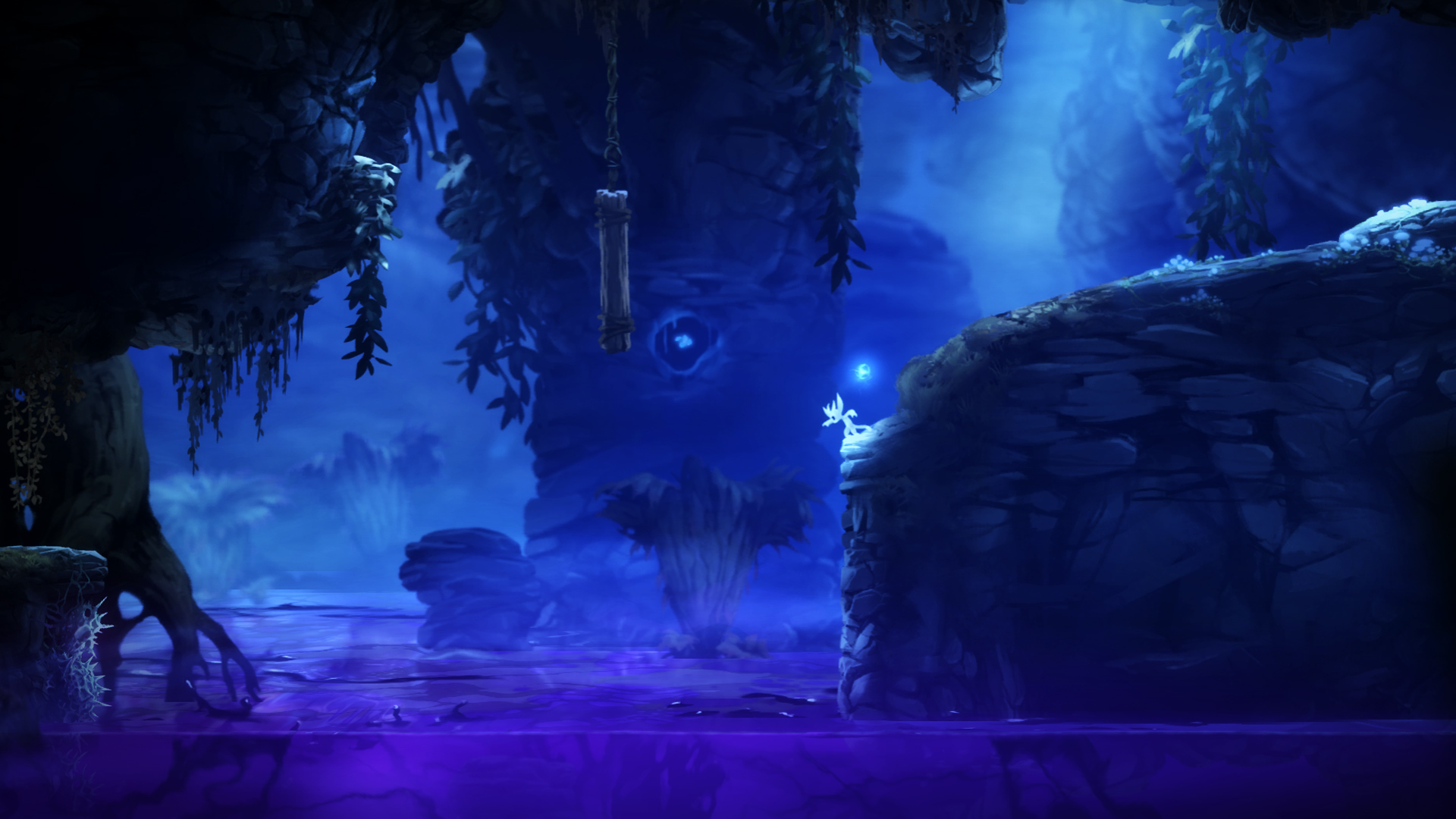
The rage of Kuro, its antagonist, bolsters after the forest’s Light Ceremony (which is meant to call Ori back home to the Spirit Tree) results in the death of her children. Along with the struggles of the main character, Kuro’s actions and senseless destruction can be traced back to that fundamental truth about the wilds; nature acts without understanding, and no matter how much we try, it cannot be fought. In the finale, Kuro sees a reflection of the Spirit Tree’s destruction in herself, realizing she’s now just as much of a monster.
What Remains of Edith Finch
What Remains of Edith Finch is blatantly depressing. It follows the stories of a supposedly cursed family through the lens of Edith Finch. At the age of 17, she returns to her massive family home as the last survivor after her parents and siblings died in mysterious ways throughout different periods of their lives. As the player explores this home, they experience flashbacks of each family member’s life.
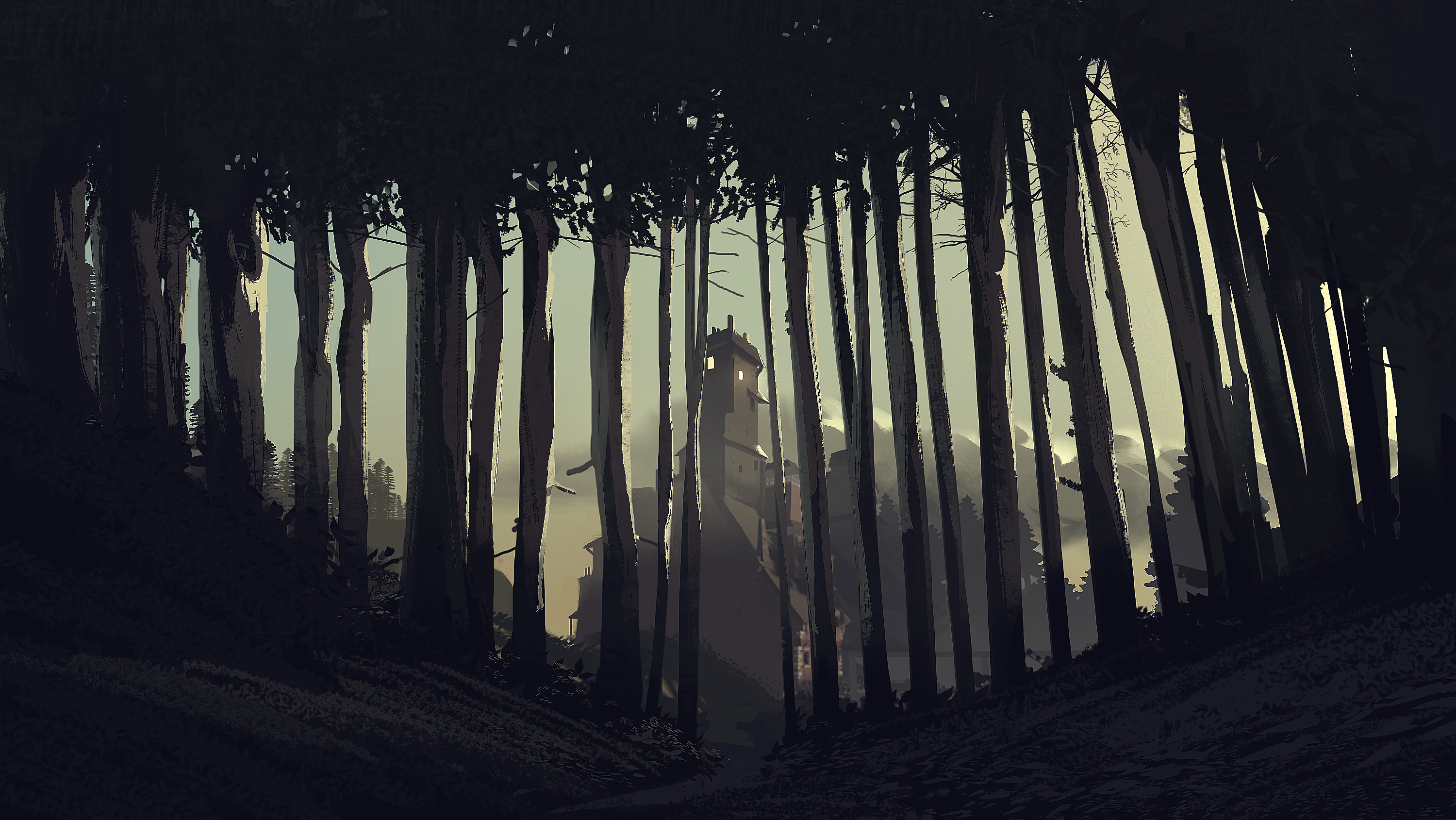
We get an inkling of the love they experienced, the struggles they went through, some of the things they thought about and their multiple perspectives on life, before getting an intense snippet of the way in which they died. These deaths aren’t sugar-coated either; they’re often linked to themes that permeated each person’s life, and are genuinely sad to sit through. This curse is inescapable, and we see this through all of the bizarre ways each person dies, but the family has been aware of it for a long time. This results in Dawn, who is Edith’s mother, locking the deceased’s rooms and putting the place on lockdown, hoping to avoid the curse by preventing the other children from learning about it.
It's the tale of a family that can’t seem to escape death, no matter how hard they try, and how that perception of the curse caused some of the remaining members to take drastic actions they wouldn’t have otherwise. It’s one of the most bluntly sorrowful video game stories out there, but it’s absolutely worth experiencing.
Demon's Souls
Demon’s Souls isn’t blunt with its melancholy. A somberness permeates every moment of the journey, whether through the subtle use of music, the underplayed sound design, or the feeling that the player is exploring a world that is coming to an end. It’s a journey that is wrapped up in sad little tales sprinkled through its world, and although it’s mostly focused on dark fantasy elements, these are intrinsically linked. One could argue that every Soulsborne game is similar, but Demon’s Souls is the most effective on this front.

I’ll never forget entering the Leechmonger Archstone’s final boss arena, which immediately begins playing an unforgettable harpsichord melody unlike anything in the series. As soon as this began, I could feel that something was wrong. And as I walked up to a cliff overlooking a ravine of vile sludge and despondent husks, Maiden Astraea began her speech.
She didn’t threaten me, nor did she attempt to attack. She merely begs me to turn around and leave her home, a sanctuary for those who have been cast out by society. She’s created a place for them to exist in a world that does nothing but hate them for their appearance. All of her dialogue portrays the player as nothing more than a pillager, willing to destroy anything and anyone on the “righteous” path to acquire the Archdemon’s Souls. And once the player reaches the bottom after defeating her valiant knight, she doesn’t put up a fight. She gives up and offers her soul, unable to resist our will any longer.
It puts the player in this jarring position, where they realize their quest for power (in both a narrative and mechanical sense) prevents them from acknowledging the consequences of their actions. In this moment, you realize every step throughout the Valley of Defilement and Swamp of Sorrows, killing disgusting zombies and monstrous creatures, were actually the acts of an invader slaughtering the land’s native inhabitants in a crusade for power and progress. It’s a plot twist that has stuck with me for years, and it’s one of my favorite moments in gaming.
The Last of Us
I spent a decent bit of time contemplating which entry of Naughty Dog’s critically acclaimed The Last of Us series to include in this list. While both are undeniably sorrowful, they tackle and present this emotion through a different lens. The original tells a sad tale from the perspective of someone who believes he’s lost everything, and now, he finds himself bonding with a kid as they fight through a horde of malformed monsters and must survive the worst remnants of humanity. The Last of Us Part II is similar at first, as it also revolves around a character who believes they’ve lost everything, but it’s not built up to be hopeful. Instead, it’s a journey filled with rage, showcasing just how senselessly violent a person can become when blinded by it. So while both are sad, the sequel seems more appropriate for a list focused on the most disturbing and distressing games out there.
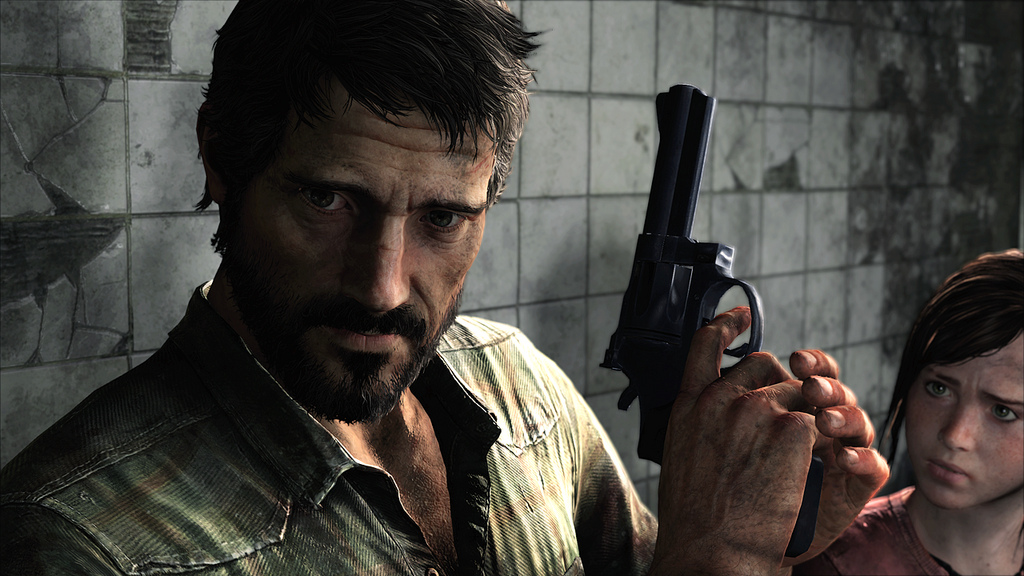
The Last of Us is a trip that continuously pushes a sense of dread down the player’s throat, yet the ambition of its final goal to save humanity gives the experience a bittersweetness. But even then, Joel and Ellie’s journey together is one that’s overwhelmed with tragedy. The opening is unforgettable, where Joel’s young daughter is senselessly shot by military personnel trying to quarantine the area.
And along every step of this game’s story, similarly disheartening events continue to befall our two protagonists. Lingering in this nightmarish world is the relationship between Joel and Ellie, slowly boiling up to a point where he can’t help but see the young girl as his own child. And of course, this is what results in the devastating finale, where Joel rushes into the hospital that intends to utilize Ellie’s virus immunity in the hopes of making a cure and kills the doctors just to save one kid that he refuses to lose.

Self-described art critic and unabashedly pretentious, Claire finds joy in impassioned ramblings about her closeness to video games. She has a bachelor’s degree in Journalism & Media Studies from Brooklyn College and five years of experience in entertainment journalism. Claire is a stalwart defender of the importance found in subjectivity and spends most days overwhelmed with excitement for the past, present and future of gaming. When she isn't writing or playing Dark Souls, she can be found eating chicken fettuccine alfredo and watching anime.
